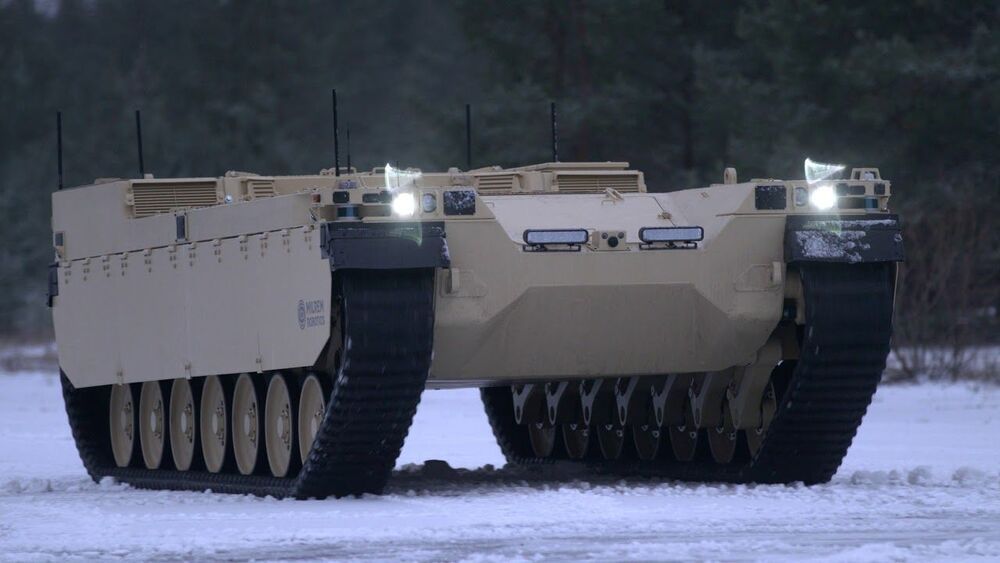
Not all appears as it would seem in the Whirlpool galaxy. One of the best-studied spiral galaxies and a delight to amateur astronomers, Messier 51, as it’s officially named, is influenced by powerful, invisible forces.
Located 31 million light-years away in the constellation Canes Venatici, the galaxy’s arms are strikingly visible as they reach out along the central spine structure, displaying swirling clouds of gas and dust that are massive star-making factories. But new observations by NASA ’s Stratospheric Observatory for Infrared Astronomy, or SOFIA, presented at this week’s 237th meeting of the American Astronomical Society, shows a more complicated picture.
Radio telescopes previously detected neatly-drawn magnetic fields throughout the length of the galaxy’s massive arms. But under SOFIA’s infrared gaze for the first time those lines give way to a chaotic scene in the outer spiral arms. Using a far-infrared camera and imaging polarimeter instrument called the High-Resolution Airborne Wideband Camera, or HAWC+, researchers found that the magnetic fields in the outskirts of the galaxy no longer follow the spiral structure and are instead distorted.


















